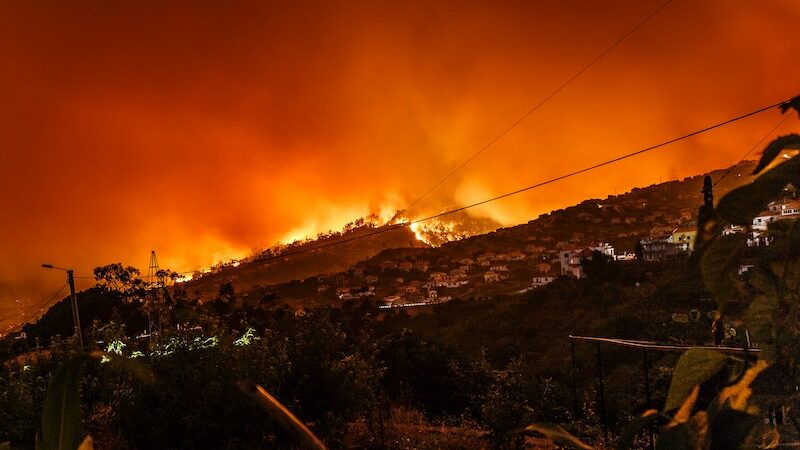
Since the earliest days of the U.S. Forest Service, our wildfire strategies have focused on suppression. “Gifford Pinchot, the founder of the Forest Service, went to Europe and learned about forest management practices,” says Stephanie Pincetl, founding director of the California Center for Sustainable Communities at UCLA, “and he brought over this idea that the best forest is the forest that doesn’t burn naturally.” But the forests do need to burn. It prevents overgrowth and clears out decaying trees (making more space and leaving more sunlight for healthy ones) and even spurs the reproduction of some species in the ecosystem. In that model, smaller and moderately severe fires burn at regular intervals. Instead, we’ve got forests that are thick with flammable material. Combined with changing climate conditions, this has helped to create huge–and hugely destructive–fires.
